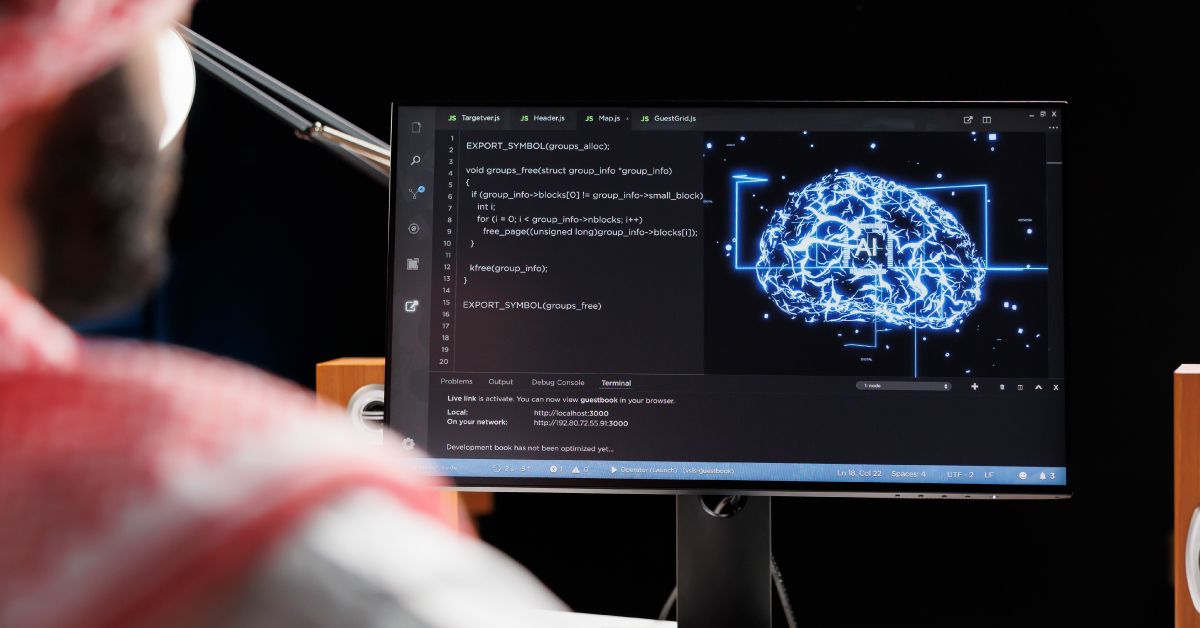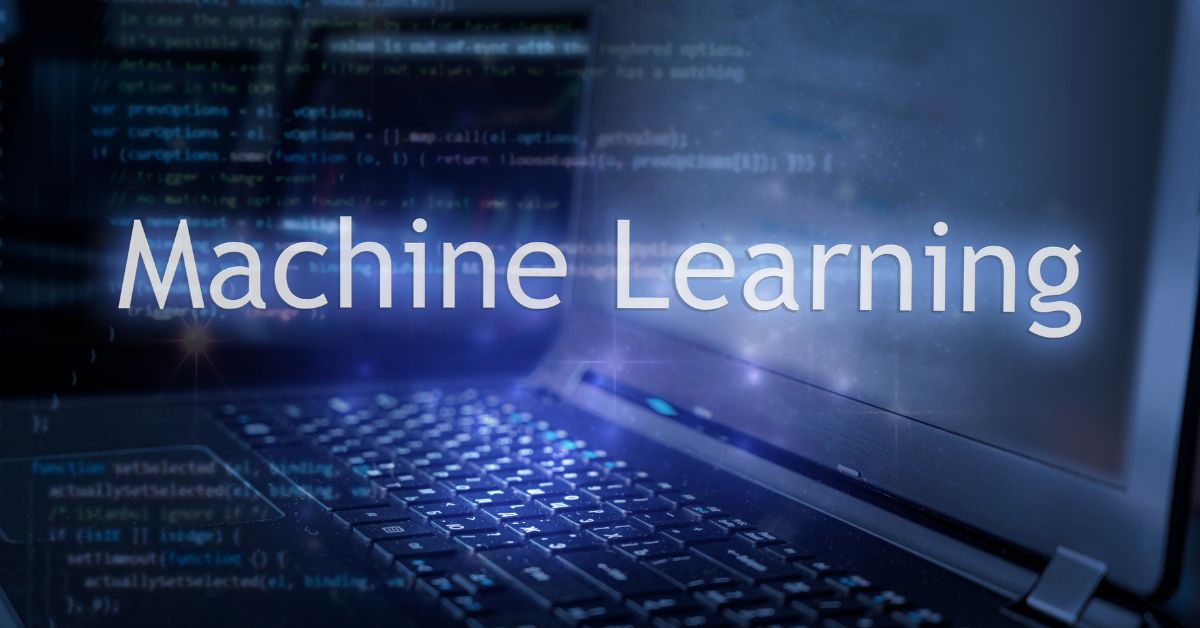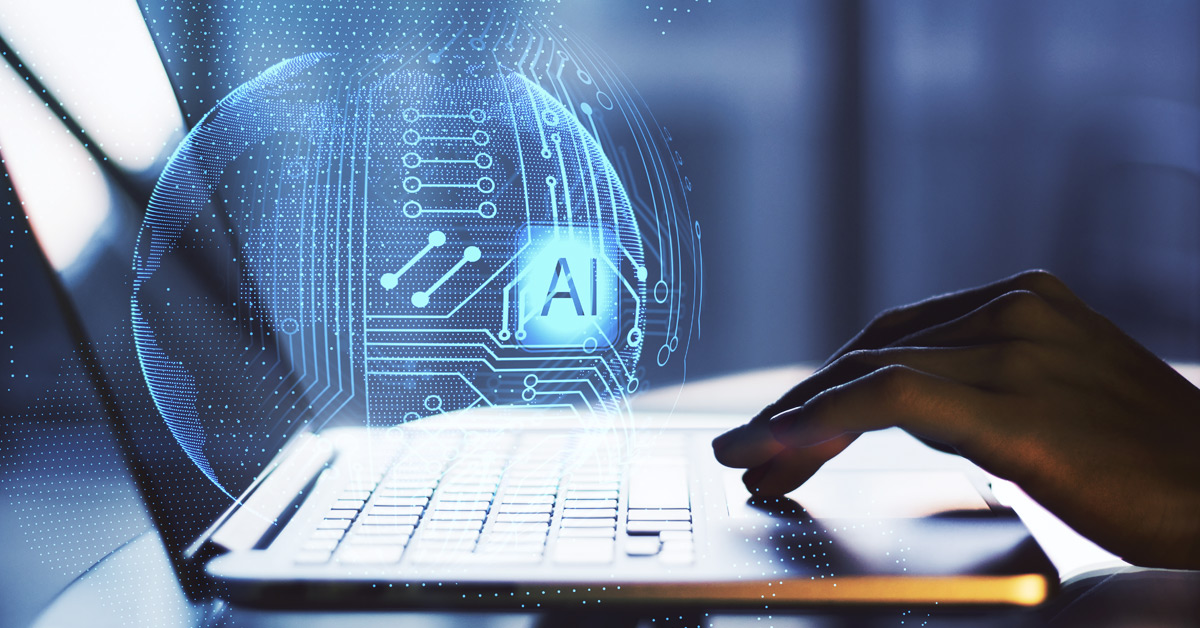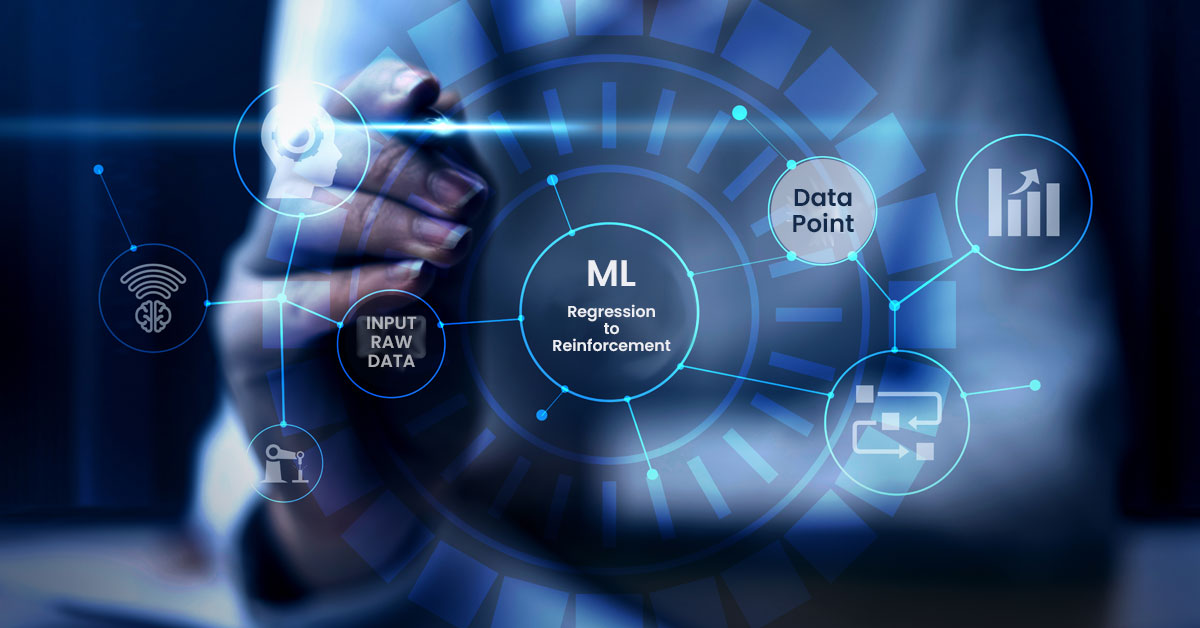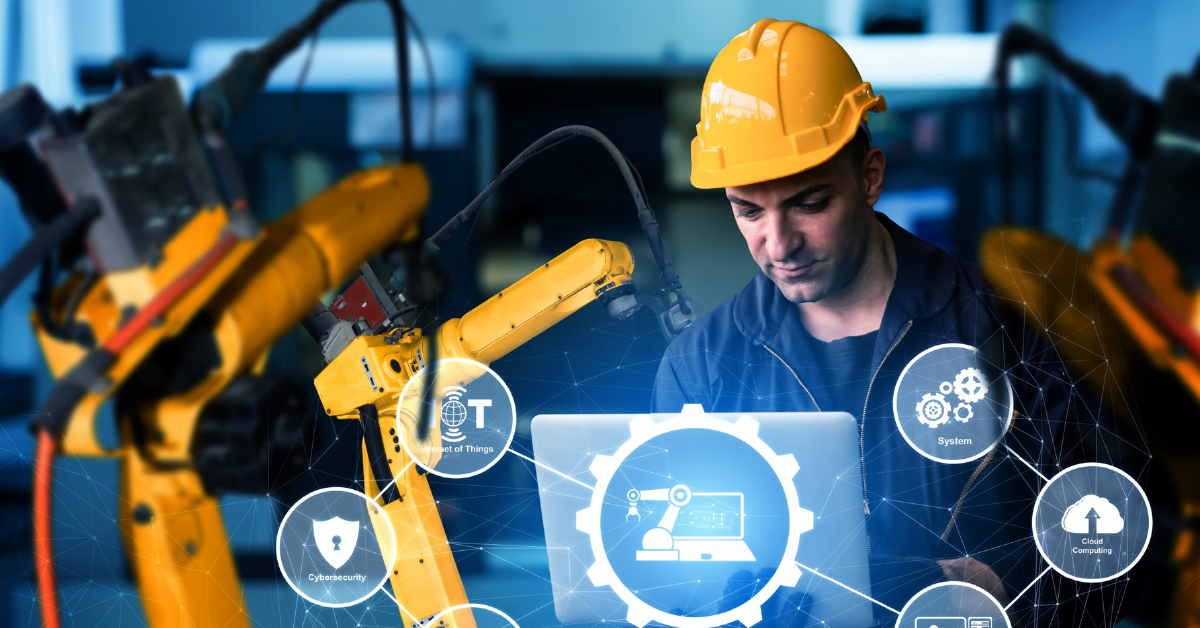Machine Learning Solutions for Talent Acquisition
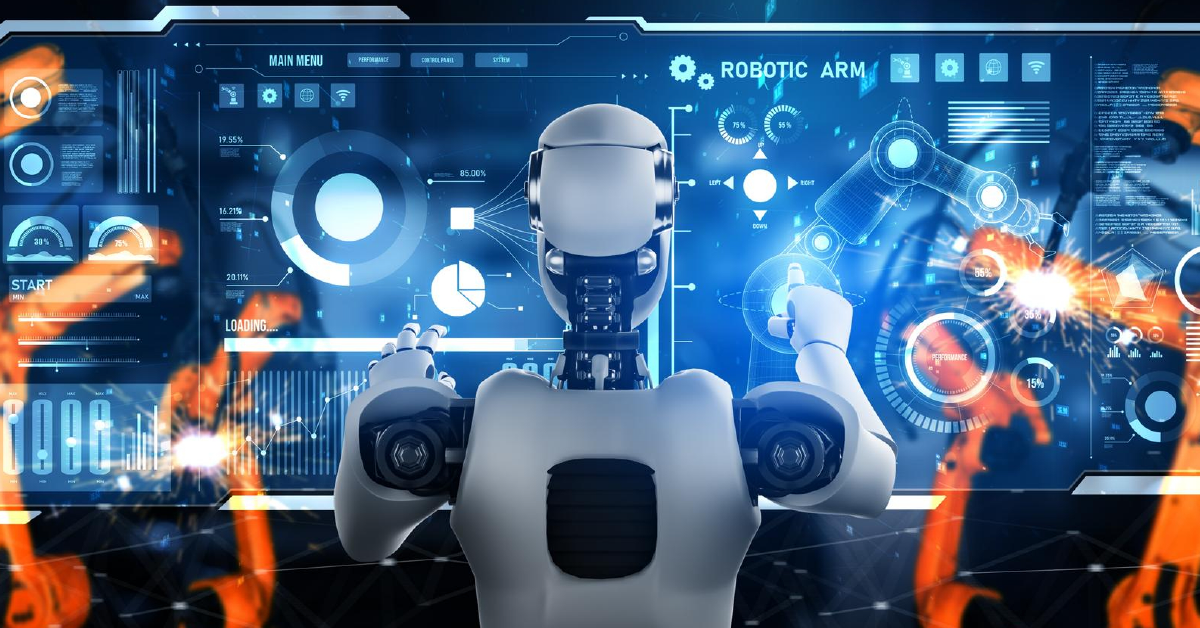
5 min read
Talent acquisition has become a paramount concern for organizations seeking to stay competitive. It’s not simple to find the right people with the appropriate backgrounds, education, and cultural fit. Traditional hiring practices have drawbacks that restrict their efficacy and efficiency. These techniques are frequently manual and subjective.
However, a promising future can be seen in the machine learning solution. With the help of this innovative technology, firms are approaching talent acquisition in a completely new way that is more effective, objective, and data-driven than ever. This blog will examine the role of machine learning in hiring new employees, as well as its advantages, difficulties, and potential for success.
What are the Introduction to Machine Learning Solutions in Talent Acquisition?
Technology has greatly changed how organizations run in recent years, and recruitment is no exception. By speeding procedures and supplying insightful data for better decision-making, the rise of machine learning (ML) applications has changed the hiring process.
The word “machine learning” refers to the application of statistical models and algorithms to computer systems that allow them to learn from data without being explicitly programmed. It means that in the context of hiring new employees, computers may examine a significant amount of candidate data, spot patterns, and trends, and then generate recommendations.
How Does Machine Learning Work in Talent Acquisition?
The artificial intelligence component of machine learning enables businesses to strengthen and streamline their talent acquisition processes in a number of ways, including:
- Resume screening: Automated learning algorithms can assess a large number of resumes and find the keywords, competencies, and talents that match job specifications. As a result, it takes much less time to review applications manually.
- Predictive Analytics: Based on past data and patterns, ML models can forecast a candidate’s chance of success. Recruiters can make informed hiring and interviewing decisions through this.
- Skill Matching: ML algorithms can recommend the best-fit individuals for particular tasks by examining candidate abilities and job criteria, ensuring a higher likelihood of success.
- Candidate Sourcing: Machine learning solutions can locate and target passive job seekers or people who are not actively looking for a job but may be open to other options.
One famous illustration of this is LinkedIn’s recommendation system, which uses machine learning to pair job seekers with openings and recommend pertinent contacts.
What Benefits Might Machine Learning Bring to The Talent Acquisition Process?
The use of machine learning solutions in hiring offers a number of appealing advantages:
- Efficiency: By automating routine chores like scanning resumes, recruiters may spend more time and money on strategic areas of hiring.
- Objectivity: By basing decisions on data, machine learning algorithms minimize the possibility of bias in the choice of candidates.
- Accuracy: More accurate assessments of a candidate’s potential are provided through predictive analytics, which improves recruiting decisions.
- Scalability: Machine learning solutions are appropriate for enterprises of all sizes since it can manage large amounts of data and job vacancies.
How to Incorporate Machine Learning into Your Talent Acquisition Process?
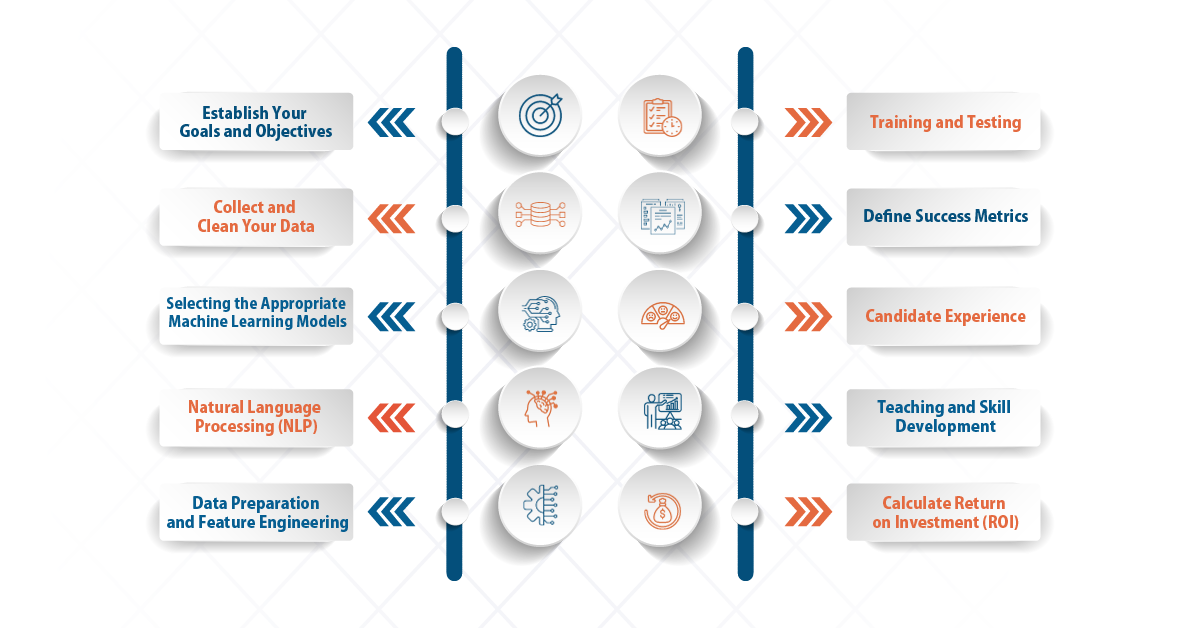
In today’s highly competitive employment market, using machine learning in the recruiting process is becoming increasingly essential. Many businesses are using machine learning technologies to automate their hiring procedures and make better applicant decisions as a result of the development of technology and automation. Process optimization, better applicant matching, and increased recruitment effectiveness are all ways that machine learning consultancy improves human resources acquisition.
How exactly can you incorporate machine learning into your talent acquisition process? Here are some steps to follow:
Establish your Goals and Objectives
Begin by determining the precise objectives you hope to accomplish with machine learning in the area of stuffing. Are you hoping to shorten the hiring process, raise the caliber of candidates, or diversify your workforce? Clear objectives will guide your implementation.
Collect and Clean Your Data
An essential component of machine learning is data. Gather and clean up past hiring information, such as resumes, interview feedback, and performance reviews. Make sure your data is accurate, current, and a reflection of your hiring practices.
Selecting the Appropriate Machine Learning Models
Choose the proper machine learning models based on your goals. Typical this models include:
- Classification Models: For jobs like evaluating resumes and shortlisting candidates,
- Regression Models: To forecast the time needed to fill a position or the success of candidates.
- Clustering Models: To combine applicants with comparable profiles or competencies.
Natural Language Processing (NLP)
To evaluate the written content of resumes and job descriptions.
Data Preparation and Feature Engineering
To prepare your data, handle missing values, encode categorical variables, and scale features. Choosing and creating relevant features for your models is part of the feature engineering process.
Training and Testing
To train and assess your machine learning models, separate your data into sets for training and testing. To ensure robustness, use cross-validation.
Define Success Metrics
Create key performance indicators (KPIs) to assess the accomplishment of your machine learning initiatives. The metrics could be memory, accuracy, precision, or certain recruitment-related KPIs like time-to-hire or cost-per-hire.
Candidate Experience
Ensure that the candidate experience is favorable while utilizing machine learning. Provide candidates with ways to challenge hiring choices and provide transparent communication regarding the use of AI in the hiring process.
Teaching and Skill Development
Make an investment in teaching your HR team and the appropriate stakeholders how to use and understand machine learning techniques. Improve your organization’s data literacy and AI capabilities.
Calculate Return on Investment (ROI)
Examine the profitability of your machine learning projects. Analyze the costs you saved.
Educate Yourself
Stay informed about the most recent advances in talent acquisition and machine learning. Staying informed will enable you to innovate and adapt as technology changes quickly.
You may successfully adopt machine learning solutions for hiring, improve your staffing procedures, and make data-driven hiring decisions that result in better recruits and a competitive advantage in the job market by adhering to these best practices.
How will Machine Learning Impact The Recruitment Industry in The Future?
The rapid advancement of technology has an impact on all industries, including recruitment. In the last few years, Machine Learning (ML) has become more common in talent acquisition processes. ML has completely changed how businesses approach hiring, from finding people to forecasting job success.
One of ML’s greatest benefits for recruiting is its capacity to streamline and automate a variety of operations that were previously carried out by hand. It extends to scheduling interviews as well as assessing resumes and matching candidates. Automation can help recruiters save time and effort on these operations with the use of massive datasets of training data for machine learning (ML) methods and the ability to recognize patterns and preferences.
Diverse and inclusive hiring initiatives benefit from the use of ML in recruitment. AI solutions can guarantee a fair evaluation of all candidates based only on their abilities and qualifications by eliminating human biases from the selection process. Organizations may benefit from more diverse teams and a more welcoming workplace as a result.
Additionally, ML algorithms can forecast employee performance more precisely because of access to enormous volumes of information about candidates’ qualifications, experiences, and history via social media profiles or professional networking sites like LinkedIn. Recruiters can utilize this information to find high performers who have a strong chance of succeeding in a specific position.
Conclusion
In conclusion, machine learning can completely transform the hiring process. Businesses must adapt as the work landscape changes and use data and analytics to their advantage to stay competitive. Machine learning has a number of benefits, including increased productivity, decreased bias, higher accuracy, and scalability. It simplifies the hiring procedure, automates tedious tasks, and gives HR professionals the power to make data-driven decisions, which ultimately results in better recruits and greater organizational performance.
However, it’s important to approach the application of machine learning in talent acquisition with careful consideration of ethical and fairness considerations. Priorities include minimizing bias, providing transparency, and protecting candidates’ privacy.
Keeping up with new trends, developing technologies, and best practices is essential in this dynamic sector. In addition to streamlining their hiring procedures, businesses that successfully implement machine learning in talent acquisition will improve their competitiveness in attracting and keeping top talent in today’s fiercely competitive employment market.
Machine learning’s importance in recruiting new talent will only grow as this technology develops. Companies that use this technology ethically and responsibly will be better able to recognize, develop, and utilize all of their human capital, opening the path for improved hiring and workforce management in the future.
Published: October 11th, 2023

